8 Tips to Keep Your Pet in Tip -Top Shape this Winter
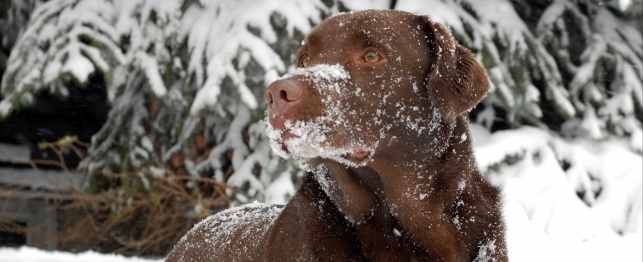
Dogs
Winter can be a beautiful time of year but can be wrought with situations that can cause pet injuries. Follow our health and safety tips to keep your pet in tip-top shape this winter.
Prevent frostbite. Frostbite is an injury that occurs to the skin and sometimes deeper tissues as a result of freezing temperatures. The most common areas affected are the feet, tips of the ears and the tail. Frostbite is most severe when the combination of freezing temperatures, high winds and moisture occur. Make sure your pet stays clean and dry. If you suspect your pet has suffered from frostbite, bring your pet indoors immediately. Dry the hair coat and make sure there is nothing wet next to his body such as blankets or clothing. If possible, immerse the affected body parts in warm (not hot) water and see your veterinarian immediately.
Provide a warm safe environment. Where do most of your winter storms come from? The North? Know where your storms come from and face your dog's house in a direction either at a 90 or 180-degree angle to prevent the rain and snowing from blowing in to your dog's home. Elevated doghouses, heated dog houses and houses with insulation help to minimize temperature extremes. Provide blankets or other bedding to give additional comfort and warmth.
Watch for salt. Rock salt is commonly used on icy roads and sidewalks to melt ice and snow. As your dog walks in these areas, the salt can stick to their feet causing skin and pad irritations. In addition, many dogs will lick their feet thereby ingesting the salt, which can cause gastrointestinal upset. To prevent problems, wipe your dog's feet and dry them after he comes in from the outdoors.
Coat and boots. Some dogs enjoy the comfort of a sweater, coat or boots when they go out. If your dog is one of them, this can help keep him warm and dry. Make sure the clothing fits properly and allows for good freedom of movement. Keep your pet supervised when he is dressed to ensure that his clothes don't get caught on anything.
Leashes and collars. During the winter months, it gets dark earlier and stays dark longer making dogs difficult to see during evening exercising and walking hours. Always ensure your dog has a good quality collar and is on a leash when you walk him. Use reflective materials in the collar and leashes to enhance visibility. Also, make sure your dog has some form of identity in case he gets away or becomes lost.
Keep secure. Trauma occurs all year long. Many pet owners believe dogs are more vulnerable to trauma during the summer months. This isn't true. Many animal emergency clinics see an increase in dogs hit by autos during storms or in the winter because owners let them out unsupervised so they don't have to go out themselves. Go out with your pet so you can monitor their activity and prevent them from being a statistic.
Monitor intakes and outputs. "Intakes" is the food and water that your dog takes in and the "outputs" is the urine and feces eliminated out. It is important to monitor what your pet is doing all year long. Some pet owners don't like to go out in the cold and therefore don't notice if their dog is urinating normally or having normal bowel movements. It is also important to make sure that your dog is eating and drinking well. Assessment of these basic bodily functions is an important component of monitoring your dog for early signs of illness.
Grooming. Just because it is winter, don't ignore grooming your dog. Brush his coat daily to keep it healthy, shiny, and to prevent mats. Keep the hair trimmed between his toes on the bottom of his feet to minimize ice and snow from building up there. Routine grooming will also help to minimize loose hair around your home.


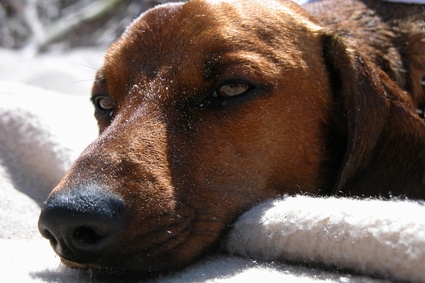 Natural Remedy for Dog Coughing
Natural Remedy for Dog Coughing
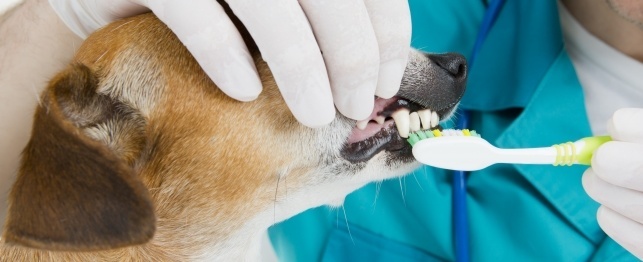 An Ounce of Prevention: The Importance of Preventative Care for Dogs
An Ounce of Prevention: The Importance of Preventative Care for Dogs
 Infertility In The Bitch CHF and Zoetis Podcast Reproduction Series
Infertility In The Bitch CHF and Zoetis Podcast Reproduction Series
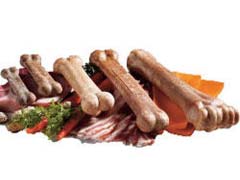 Canine Liver Disease Diet – What To Give To My Dog?
Canine Liver Disease Diet – What To Give To My Dog?
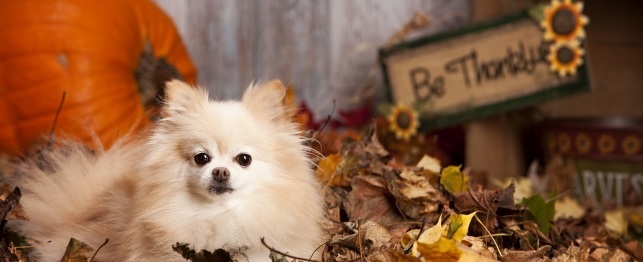 Thanksgiving Dangers: Tips to Prevent Common Problems in Your Dog
Thanksgiving Dangers: Tips to Prevent Common Problems in Your Dog
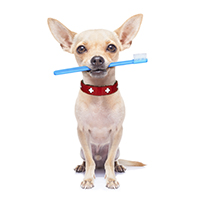 Ear Infections in Dogs: Causes, Diagnosis, Treatment, & Prevention
Ear Infections in Dogs: Causes, Diagnosis, Treatment, & Prevention
 Is Pet Insurance Right for Your Puppy?
Is Pet Insurance Right for Your Puppy?
Is Pet Insurance Right for Your Puppy?
Is Pet Insurance Right for Your Puppy?
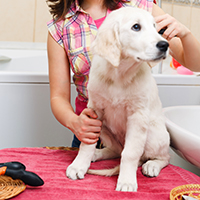 Keeping Your Dog’s Ears Healthy: Listen to Your Vet
Dog Ear Infections and Other Issues
Keeping Your Dog’s Ears Healthy: Listen to Your Vet
Dog Ear Infections and Other Issues
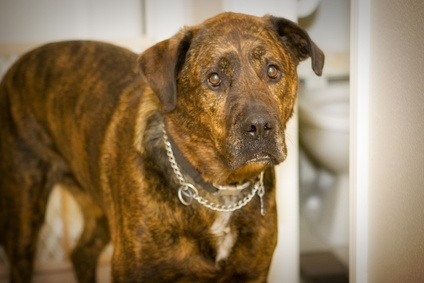 How to Solve Dog Skin Odor
How to Solve Dog Skin Odor
How to Solv
How to Solve Dog Skin Odor
How to Solve Dog Skin Odor
How to Solv
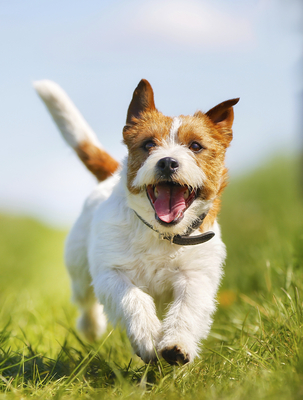 Hotdogs are Treats, Hot Dogs are at Risk
Avoid Letting Your Dog Get Overheat
Hotdogs are Treats, Hot Dogs are at Risk
Avoid Letting Your Dog Get Overheat
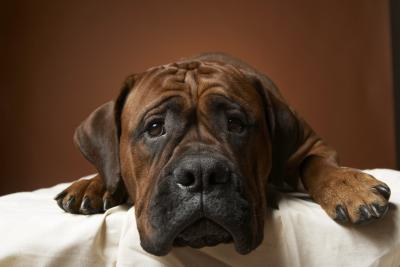 How to Get a Handicapped Dog Up & Down Stairs
How to Get a Handicapped Dog Up & Down Sta
How to Get a Handicapped Dog Up & Down Stairs
How to Get a Handicapped Dog Up & Down Sta